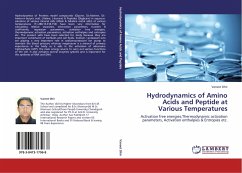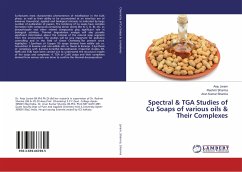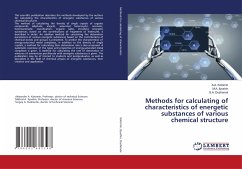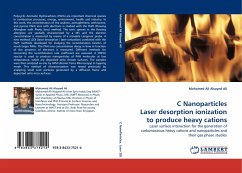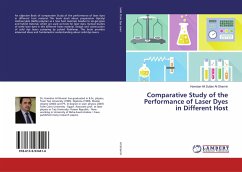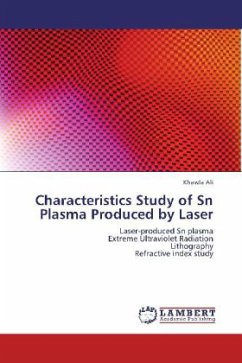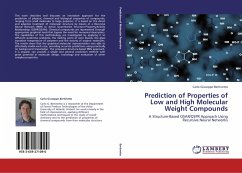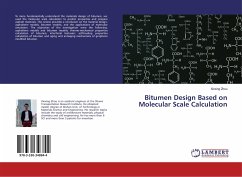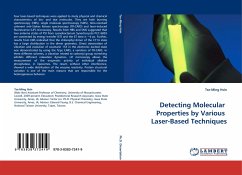
Detecting Molecular Properties by Various Laser-Based Techniques
Versandkostenfrei!
Versandfertig in 6-10 Tagen
39,99 €
inkl. MwSt.

PAYBACK Punkte
20 °P sammeln!
Four laser-based techniques were applied to study physical and chemical characteristics of bio- and dye molecules. They are hole burning spectroscopy (HBS), single molecule spectroscopy (SMS), time-resolved coherent anti-Stokes Raman spectroscopy (TR-CARS) and laser-induced fluorescence (LIF) microscopy. Results from HBS and SMS suggested that two antenna states of PSI from cyanobacterium Synechocystis PCC 6803 are connected by energy transfer (ET) and the ET time is ~6 ps. Further, results from HBS indicated that the chlorophyl dimer of the C714 state has a large distribution in the dimer geo...
Four laser-based techniques were applied to study physical and chemical characteristics of bio- and dye molecules. They are hole burning spectroscopy (HBS), single molecule spectroscopy (SMS), time-resolved coherent anti-Stokes Raman spectroscopy (TR-CARS) and laser-induced fluorescence (LIF) microscopy. Results from HBS and SMS suggested that two antenna states of PSI from cyanobacterium Synechocystis PCC 6803 are connected by energy transfer (ET) and the ET time is ~6 ps. Further, results from HBS indicated that the chlorophyl dimer of the C714 state has a large distribution in the dimer geometry. Direct observation of vibration and evolution of coumarin 153 in the electronic excited state was demonstrated by using the fs/ps CARS, a variation of TR-CARS. In three different solvents, a vibration related to carbonyl group stretching exhibits different relaxation dynamics. LIF microscopy allows the measurement of the enzymatic activity of individual alkaline phosphatase, in liposomes. The result, without other interference, showed a wide distribution of the enzyme reactivity. Protein structural variation is one of the main reasons that are responsible for the heterogeneous behavior.



